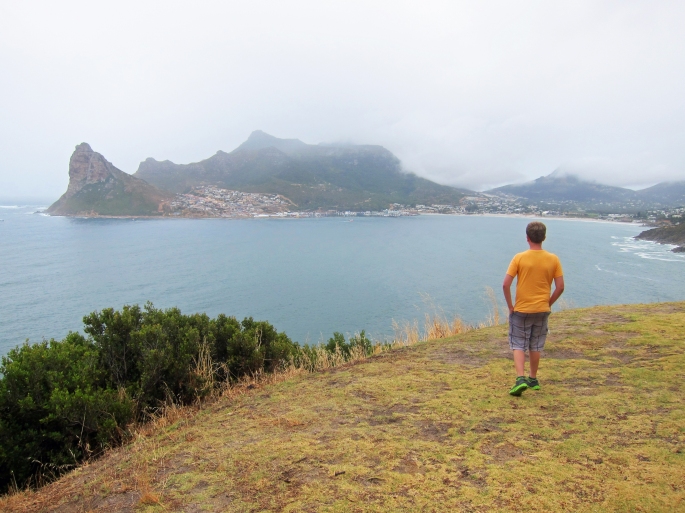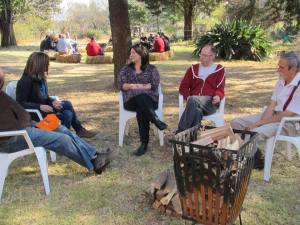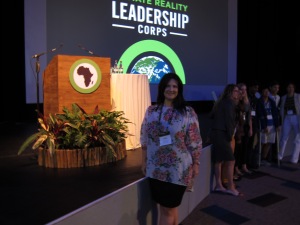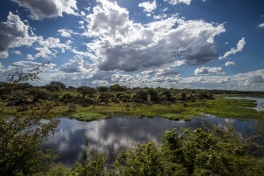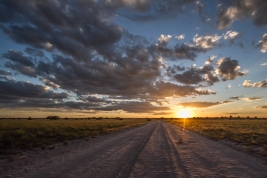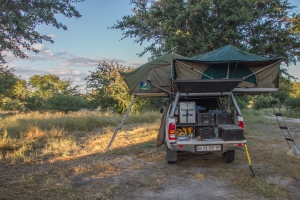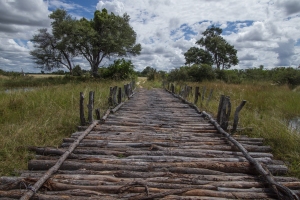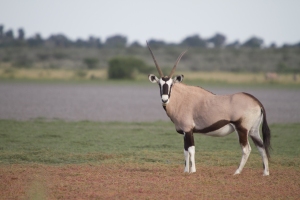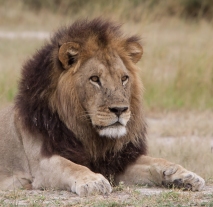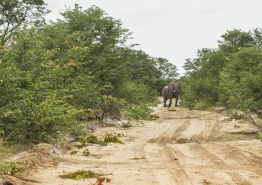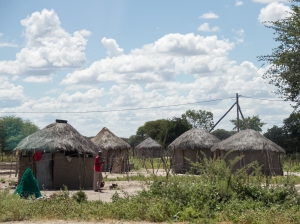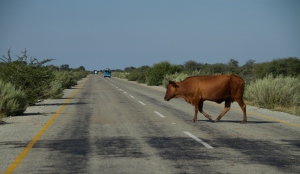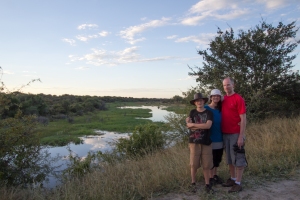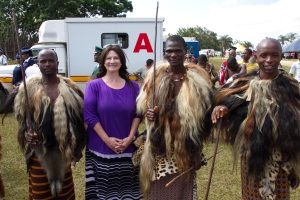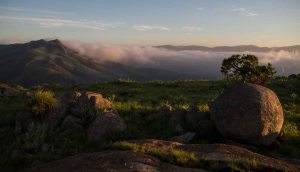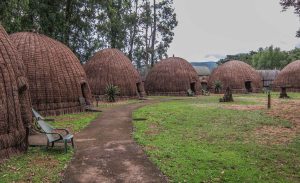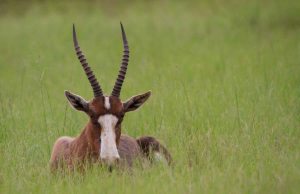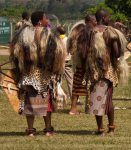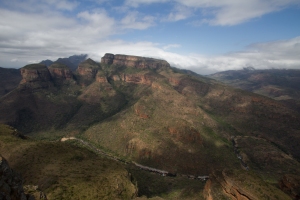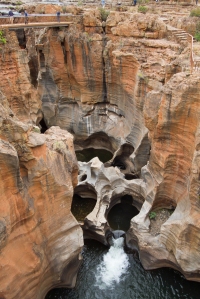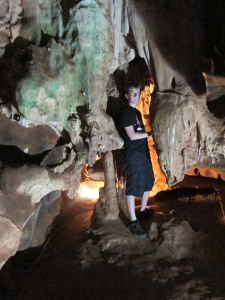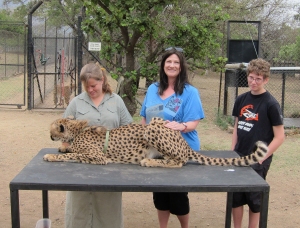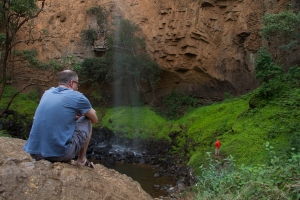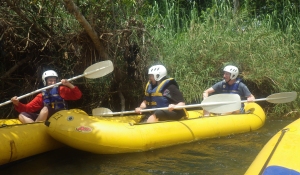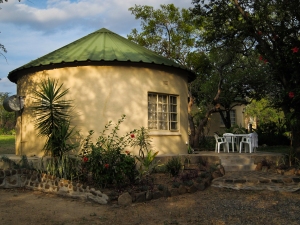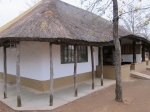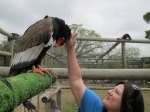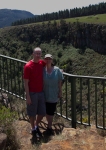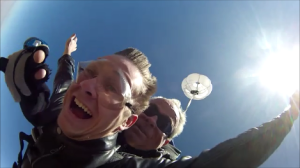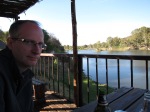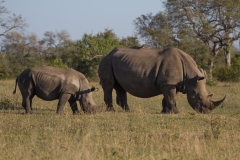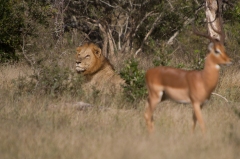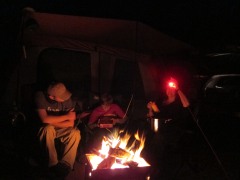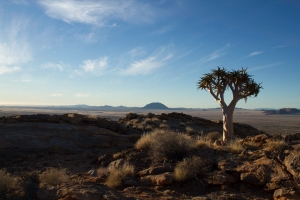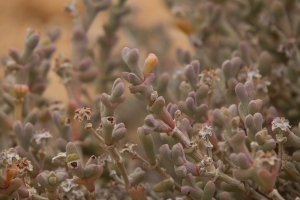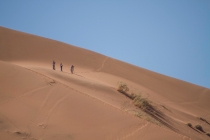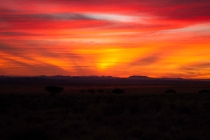This is a long post, but as my last post from South Africa, I have a lot to say.
Read on for why we are moving, to learn about some of my experiences I havent posted about, and about how South Africa has helped us find a solution to my son’s learning disabilities….it’s a long post, so grab a coffee and some snacks and enjoy!

First, why are moving?
Greg is being transferred to Dubai for work because of issues with the black-hole of incompetency known as South African immigration. If you think your local government is inept, think again, they are likely geniuses compared to what we have been dealing with.
This is such a funny story (e.g. what I choose to believe because I must laugh at the situation or I will spend hours and days crying). New immigration laws, which were pasted last spring, introduced chaos into an already broken system. Did government workers get clear notification, training, and insight on the impact of the new laws and how “business” would be handled before, during, and after the new laws were passed? Of course not, that would make things too easy. If there is one thing that South Africa does not like is things that work too smoothly. Besides, this is South Africa, where making shit up as you go is perfectly acceptable.Government workers especially like this approach.
Getting our Visa’s renewed in a timely manner was not a possibility (e.g. the confusion and ineptness of government workers means that renewing a work Visa is currently taking 6-9 months). We would have to leave the country (and Greg would not get paid) during this time. Not really viable.
However, Greg’s awesome boss, who is located in Dubai, came to the rescue by facilitating a transfer from South Africa to Dubai. He also gets his wish to have Greg (his valuable minion) closer to his command. This works out well as Greg already covers both Africa and the Middle East. Our family is also not left without a country to live in and a paycheck for 6-9 months. Previously mentioned awesome boss has made it easy for us to move there. A win-win for all.
Dubai, with German-like efficiency, can process a work Visa within 30 days or less. Oh Dubai, you are like a breath of hot, dusty yet fresh air of competency.
However, while South Africa is not known for a well-functioning bureaucracy, it has many fantastic and wonderful characteristics that we will forever miss and that have made a lasting impression on us, such as:
Everyone (all races, all cultures, all ages, all genders, etc.) have been friendly, welcoming, and kind to us. Making friends has been incredibly easy. I will miss you all so very much. No matter where I am, you will always be welcome in my home and I will always be a phone call or email away. There are too many of you to mention here, but you know who you are, we have volunteered together, had way to much caffeine and/or alcohol and/or chocolate together, had excellent adventures, and had enlightening conversations. Friends are truly the family that you get to choose.
The Opportunities
There is opportunity to make a difference in South Africa. Simply donating your time to a non-profit can reap significant rewards. I have gained much satisfaction through giving my time and business experience because I want to, not because I’m being paid. I’ve met true heroes along the way – entrepreneurial types who dedicate themselves to making life better for others (including animals). Thank you to all the organizations that have given me the opportunity to help. A few notables include:
Thank you for the opportunity to lead your strategy development. It was a lot of hard work, a lot of assessments, and many workshops and meetings, but well worth the effort. FTFA is one of the most successful non-profits in South Africa, I have no doubt you will continue to grow and achieve great things! Your carbon credit calculator is still the bomb!
I have loved working with you on your business plan and am looking forward to continuing to support your efforts via email and Skype while I’m in Dubai. Your goals are so important to the future of South Africa that you have no choice but achieve all your objectives. 😉 It has been a professional and personal pleasure working with you all.
I loved working on your business plan, strategy, and website. It was lovely seeing first-hand the difference you are making to hospitals and orphanages. Your dedication is inspiring!
Such wonderful work you do for Sandton’s less fortunate animals! Thank you for bringing me in to develop your performance management system! It was a great experience meeting your staff and learning firsthand about some of the cultural differences in the workplace that are unique to South Africa. Great people and great non-profit!
The opportunity to work hands on with South African wildlife is an experience I will never forget and one that is truly unique and memorable. Best wishes for your important work in the future!
It has been a life-changing experience being involved with Climate Reality. The training provided by Al Gore and his team revolutionized my outlook on the environment and climate issues. I’m looking forward to a lifetime relationship with fellow climate reality leaders.
Using my photographic talents to monitor, record, and track wild animals was not work at all – it was a pure joy.
The Education-Related Professionals
Many South Africans are shocked to learn that our two years spent in South Africa have changed my youngest son’s (Jack’s) educational life forever in a way that Canada could not. Let me explain.
Jack has had several learning disabilities throughout his life. The disabilities have been mysterious and have failed to be successfully dealt with. You would think that Canadian school systems would be in a better position to provide support to him than what we could achieve in South Africa. This would be true if Jack were a perfectly average kid that could be pushed through a factory-like educational system. He isn’t. Canada failed him. Public schools failed him.
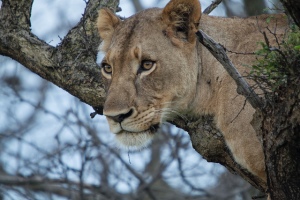
I cannot go into all the details/explanation, but simply put, the nature of the South African school system forces kids, such as Jack, to go to separate remedial schools. No public or private school in all of Johannesburg would accept him. In addition, instead of relying on schools to pursue testing and individualized education plans, South Africans must go to private psycho-educational assessors and private schools. In other words, there is both more onus on parents to seek professional help (and fund this themselves) as well as for parents to take a more active role in understanding and deciding what help their child needs.
Canada did not give us these options as parents. We were treated as though we should just sit back and let the public school system handle everything, make all decisions, and not be subject to too many questions. For many years I watched the public school system fail both my children, both of which have almost identical learning disabilities.
The South African system is far more private (e.g. competitive) than the Canadian (e.g. government run and non-competitive). However, do not take this as my endorsement of SA schools – the public system is atrocious/horrific in many cases and certainly does not support the vast majority of children. The small component of this system that is private and competitive is only beneficial to those who have money. It is within this niche that we found help that was in many ways profound.
We have been working with a psycho-educational assessor for the past two years. Within two hours of assessing Jack in 2012, we found answers that we had not gotten in 10 years from professionals who spent weeks studying and assessing Jack. Primary findings include the following.
1.Eye Muscle Problems
Jack had an eye muscle problem, which caused him to see things, such as letters, numbers, and shapes incorrectly. For example, a circle was an oval to him, a plus sign was a multiplication sign, etc. etc. Of course, this caused tremendous issues with his ability to function in all areas of school (reading, writing, math, etc.).
The assessor sent us to a specialized optometrist who further diagnosed Jack’s problems. Again, I cannot go into detail here, but I was there during the tests and I could not believe what I was seeing, Jack’s world was a distorted one.
The remedy was actually quite simple. He wore specialized glasses to train his eyes for a year with four months of visual eye exercises at home.
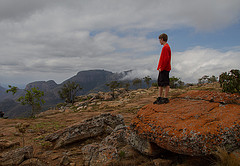
2. Visual Processing Problems
The assessor also felt that Jack’s brain was not cross-processing visual images correctly. The optician’s work with specialized lenses and eye exercises also helped correct this problem. The effects of this processing issue caused Jack’s brain to literally shut down from confusion. His brain would “black-out” when two competing images from each eye would send the same (but unresolved) signals between hemispheres.
This meant that Jack could not see/process images (such as words, numbers, etc) correctly (or at all in some cases). This condition also caused a major problem with his attention span.
Children in Kindergarten (in SA) often do tasks such as knitting to ensure that they develop proper cross-processing/dominance. However, I had never heard of this in Canada. Jack has also been to several optometrists in Canada, none of which ever noticed eye muscle issues or visual processing problems.
Dealing with these two problems made a significant and immediate difference to Jack’s studies. Within a few months, he could sit, read, and study for more than a few minutes at a time. His grades and his overall performance in school was astonishing. Everyone noticed. He even won several awards last year, one was for the school’s most academically improved student.
Finally, something was working and was making sense.
3. Auditory Processing Problems
Last November Jack had his annual psych-educational assessment, which identified a possible auditory processing issue. We engaged a speech therapist/audiologist. Yet again, further testing found that Jack never developed audiological processing skills that children normally develop at a young age (e.g. the ability to hear language sounds/phonetics) that is a prerequisite for learning to read and write.
What causes this? The likely culprit, surprisingly enough, was recurring ear infections.
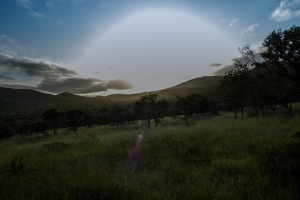
Jack had recurring battles with ear infections at a young age. He was on the verge of having tubes placed in his ears. I wish that I had proceeded with the tubes. Without them, Jack sustained liquid in his inner ears for extended periods of time (e.g. weeks and months), which prevented him from hearing accurately at key developmental stages. At the time, doctors presented the option of tubes as a means to prevent infection, not as means to prevent hearing problems.
We noticed the symptoms of hearing/audiological problems, but did not understand the consequences. We simply thought it was typical – a young child mispronouncing words and sometimes stuttering – after all, many kids go through this we thought. Jack’s Montessori school and Kindergarten never identified these symptoms as issues, so we did not worry too much about it. The symptoms seemed to go away after a while and we never thought about it afterwards. No educators or doctors ever showed any concern either. It was not until we engaged a speech therapist/audiologist that we even knew about such a risk.
After assessing Jack, his speech therapist was shocked that he had somehow managed to find ways of adapting and functioning in school given the lack of his development in this area.
Jack is now undergoing speech therapy; he does exercises that are geared to teach him how to hear and process sounds and language correctly. Most children who undergo this type of therapy are much younger (e.g. before they are 5 years old). However, the therapy is making an outstanding difference. Reading, spelling, etc. have significantly improved. He will continue this work in Dubai.
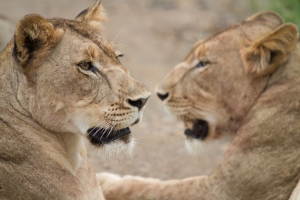
Changes in IQ
Within two years of obtaining specialized help with visual and auditory processing, Jack’s IQ has risen from below average (some areas he actually had zero IQ) to average (upper range).
On his last psycho-educational assessment, Jack was formally identified as gifted in math,science, and engineering with an IQ in these areas being categorized as “exceptionally high”. The assessor’s chart didn’t even go high enough to capture some areas of his IQ related spatial awareness (e.g. engineering type abilities).
This is life changing for Jack. With further work in audiology/speech therapy, it is highly likely that his IQ will continue to rise to be above average on most areas. Of course this depends upon the quality of the therapists that we hire as well as Jack’s willingness and dedication to improve.
We were shocked to learn that he is gifted in some areas and learning disabled in others.
I used to be a parent who would cry before and after teacher meetings. In fact, before moving, I got to the point where I simply could not attend at all – Greg would go alone. I simply could not listen to another teacher blaming us for “not reading enough” to Jack, not “helping him enough” with his homework, and then calling him lazy. None of which was valid. Yet, they offered nothing of substance in return. Simply placing a number of children with diverse learning disabilities in the same room and offering them more time to take a test or modifying the curriculum should not be the defacto approach for children with learning disabilities and/or learning gifts. Such oversimple assumptions and solutions do not work. Dont get me wrong, I don’t blame teachers, I blame the system.
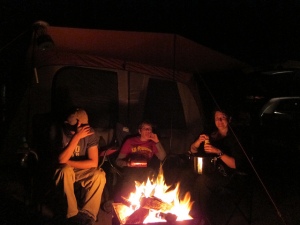
My not so positive opinion of public schools
I do not believe that public schools have the capacity or skill sets to deal with learning disabilities. My advice to parents with such children is to take charge. If you have the money, spend it on external education assessors/professionals.
I wish that I could have provided this same experience for my older son, who is now almost 20 years old. His learning disabilities are nearly identical to Jack’s. He could not do the simple eye exercises that Jack had to do in 2012. He also suffered from reoccurring ear infections as a child (and was also a candidate for inner ear tubes). Unfortunately, by the age of 13-14 the ability to change the brain’s functioning in these areas becomes quite limited. I will never forgive myself for not being able to provide Codey with the same opportunities that Jack has experienced here in South Africa.
There is a window of time in your child’s life in which they need to develop key abilities. I implore all parents to go the extra mile to identify learning difficulties and to remedy them as early as possible. Invest your time and money. Learn from my ignorance, don’t repeat it.
Special thank you to the following professionals/schools
Psychometrist: Grant Allen http://grantallen.co.za/
Optomitrist: Robin Shippon http://www.ratemymd.co.za/reviews/mr-shippon-john-robin-randburg-gauteng-optometrist/
Speech Therapist: Sylinde Roodt Phone: 011 465 2249
Northsands Learning Academy: http://northsands.co.za/
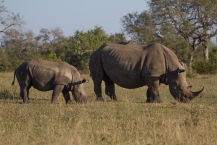
Landscape & Animals & Weather
If you’ve been reading my blog, then you are already aware of how amazing South Africa’s landscape and wildlife is. You can see deserts, mountains, oceans, forests, and veld all in the same country. The landscape is as diverse as its people. It is beautiful. The weather is bonus (e.g. no knee deep snow in the winter and no 43 degree heat in the summer).
Final Words
Do yourself a favor, take a trip to South Africa, it has much to offer. I will be back, that is a certainty.Goodby South Africa, you’ve been great.
My next post will be from Dubai in the United Arab Emirates. Stay tuned for our future adventures and perhaps a new look and feel to the blog!
